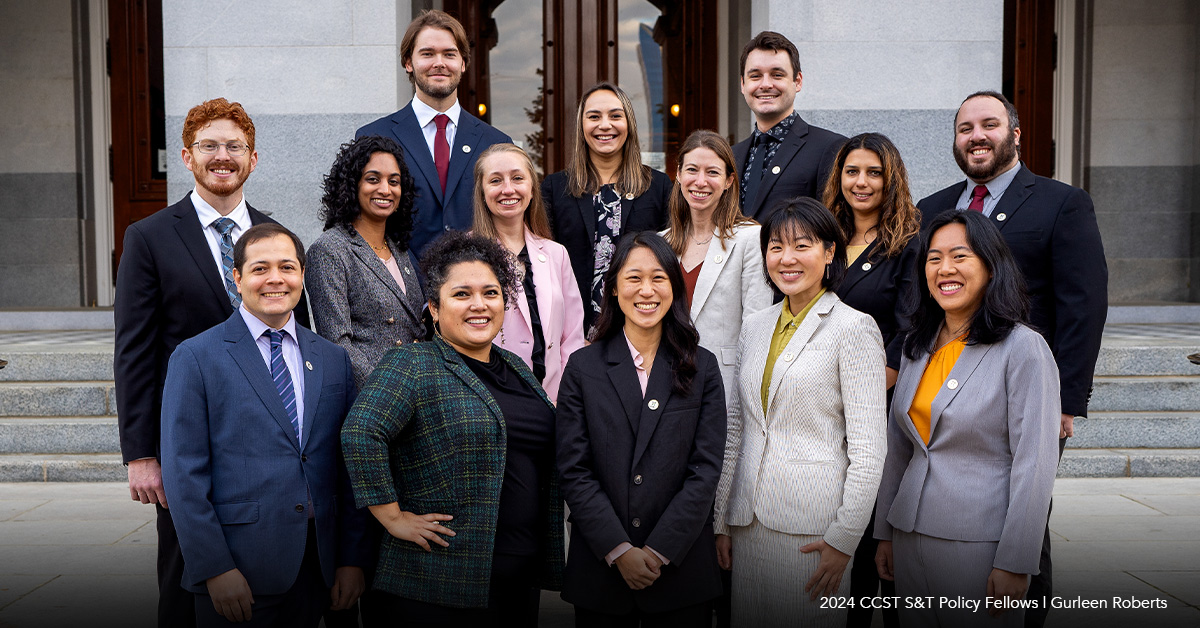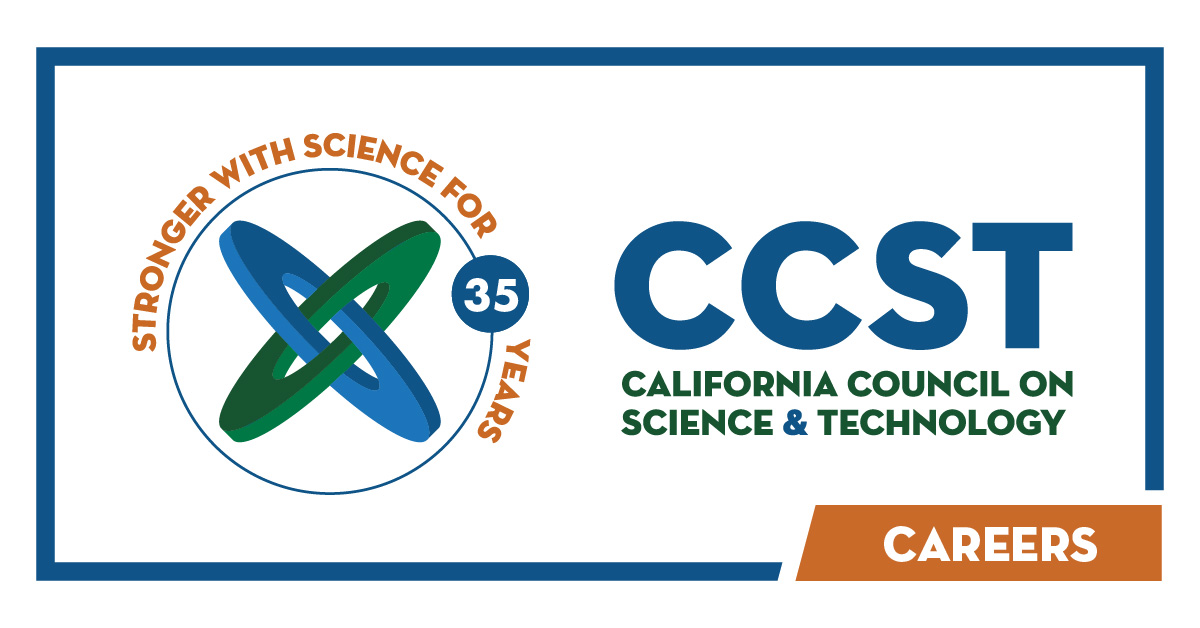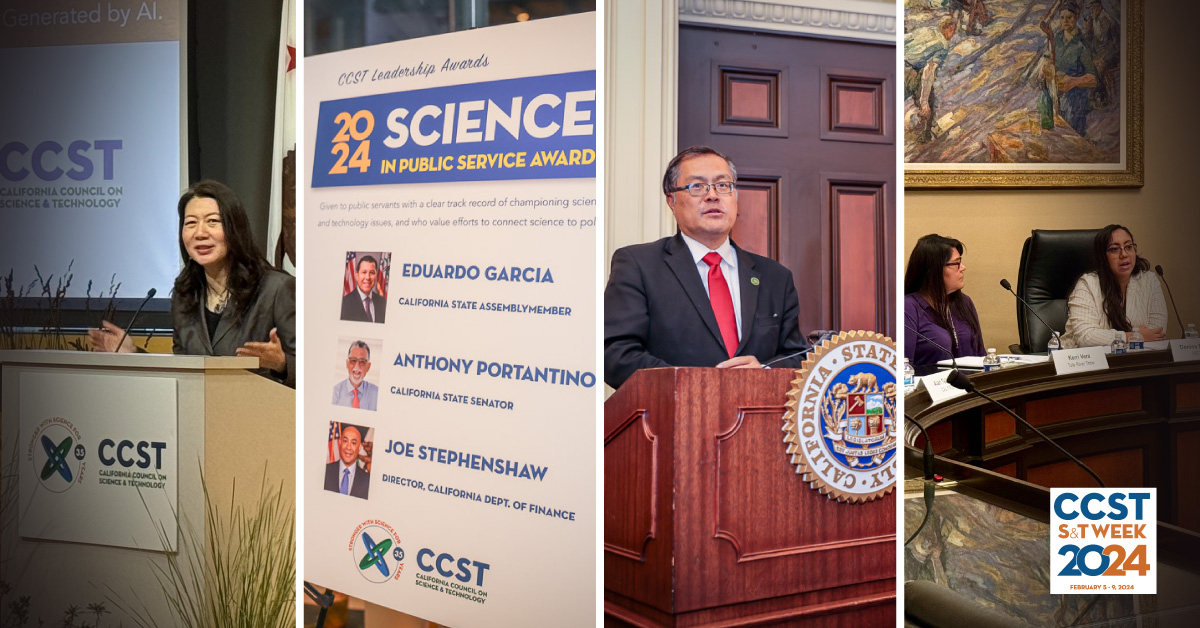CCST Report Assesses Specifications for Biomethane in California Common Carrier Pipelines
June 7, 2018 | CCST Newsroom, Press Releases | Contact: Amber Mace

SACRAMENTO, Calif. – Responding to a request from the California State Legislature (Senate Bill 840, 2016), the California Council on Science and Technology (CCST) has issued the report “Biomethane in California Common Carrier Pipelines: Assessing Heating Value and Maximum Siloxane Specifications.” This independent assessment of scientific and technical information – including a summary report and the full report – is available for download here.
A CCST Expert Briefing for the Capitol community will be held today from 12:30 to 1:30 p.m. Pacific Time, in California State Capitol Room 437, to discuss the report’s findings and recommendations. (The PowerPoint for the briefing can be accessed here.)
Processed from biological materials such as dairy manure, treated sewage, or landfill waste, biogas is a renewable energy resource. When purified or “upgraded” to biomethane, it can be used interchangeably with natural gas, a fossil fuel. However, for biomethane to be injected and blended into a “common carrier” natural gas pipeline for transport and distribution, it must match the natural gas in key measurements for gas quality (e.g. heating value), interchangeability (e.g. Wobbe Number), and constituents of concern (e.g. siloxanes).
Assembly Bill 1900 (2012, Gatto) required the California Public Utilities Commission (CPUC) to adopt standards for biomethane that specify the concentrations of constituents of concern as well as requirements for monitoring, testing, reporting, and recordkeeping. This CCST report will help the CPUC reexamine whether two such standards could be updated with scientific evidence: the biomethane minimum heating value adopted in 2006, and the maximum biomethane siloxane concentration adopted in 2014.
The CCST report reviews the best available science and data and addresses the following questions:
Minimum heating values for pipeline injection of biomethane: Evidence suggests keeping the current minimum Wobbe Number requirement for biomethane- while relaxing the heating value specification to a level near 970 BTU/scf – will unlikely impact safety or equipment reliability. The study team recommends that the CPUC keep the Wobbe Number minimum requirements as they are now, and that the CPUC initiate a regulatory proceeding to examine the option of allowing biomethane injection with a heating value as low as 970 BTU/scf, provided it satisfies current Wobbe Number limits and all other requirements.
Maximum siloxane concentrations for biomethane: Insufficient evidence is currently available to determine whether the CPUC maximum siloxane limit of 0.1 mg Si/m3 is too stringent, or not stringent enough, to meet safety requirements. The study team recommends a comprehensive research program to understand the operational, health, and safety consequences of various concentrations of siloxanes, and that the CPUC track ongoing efforts to adopt international standard testing methods for siloxanes. At the same time, because some biomethane source materials are very unlikely to harbor siloxanes – e.g. dairy waste, agricultural waste, or forestry residues – the CPUC could subject biomethane from these sources to less stringent monitoring requirements.
The report also summarizes options for blending biomethane to meet California standards, as well as alternatives to upgrading and pipeline injection of biomethane. Additionally, the report describes current State and Federal programs that significantly subsidize biomethane for transportation and only for that purpose, creating market distortions that discourage use of biomethane for electricity generation.
Professor James Sweeney, Director of the Stanford University Precourt Energy Efficiency Center, served as chair of the seven-member CCST Report Steering Committee – which worked with four Report Authors from Stanford and University of California, Los Angeles, with expertise on biomethane heating values and siloxanes research, energy systems modeling, economic and market pricing modeling, and energy infrastructure scenarios. Each report chapter was subject to a peer review process by independent experts, while another independent expert served as Report Monitor to oversee the process, ensuring that peer review comments were sufficiently addressed in the final report. An additional Oversight Committee reviewed the entire process, including conflict-of-interest declarations. The report’s findings and conclusions are based on a review of published literature and official and voluntary databases.
“California can create a more rational system of using biomethane consistently with our state’s environmental and economic health,” says Sweeney, who served on Governor Arnold Schwarzenegger’s Council of Economic Advisors from 2004 to 2011. “Our report highlights important changes that could allow biomethane to be used safely and economically as part of California’s renewable energy portfolio.”
“For all CCST reports, we assemble top academic and industry experts who can best assess the topic in question, and then subject their findings and recommendations to additional independent review,” says CCST Deputy Director and biomethane project director Amber Mace, PhD. “California’s policies are stronger with science, and CCST is proud to inform the CPUC’s policy process related to biomethane in California.”
Modeled after the National Research Council, which responds to the United States government, CCST responds to requests from California’s State Legislature, the Governor, and State entities, and provides expert advice from California’s scientists and research institutions on public policy issues involving science and technology.
Visit the CCST Biomethane Project Page for more resources.
About the California Council on Science and Technology
The California Council on Science and Technology is a nonpartisan, nonprofit organization established via the California State Legislature in 1988. CCST engages leading experts in science and technology to advise state policymakers – ensuring that California policy is strengthened and informed by scientific knowledge, research, and innovation.






